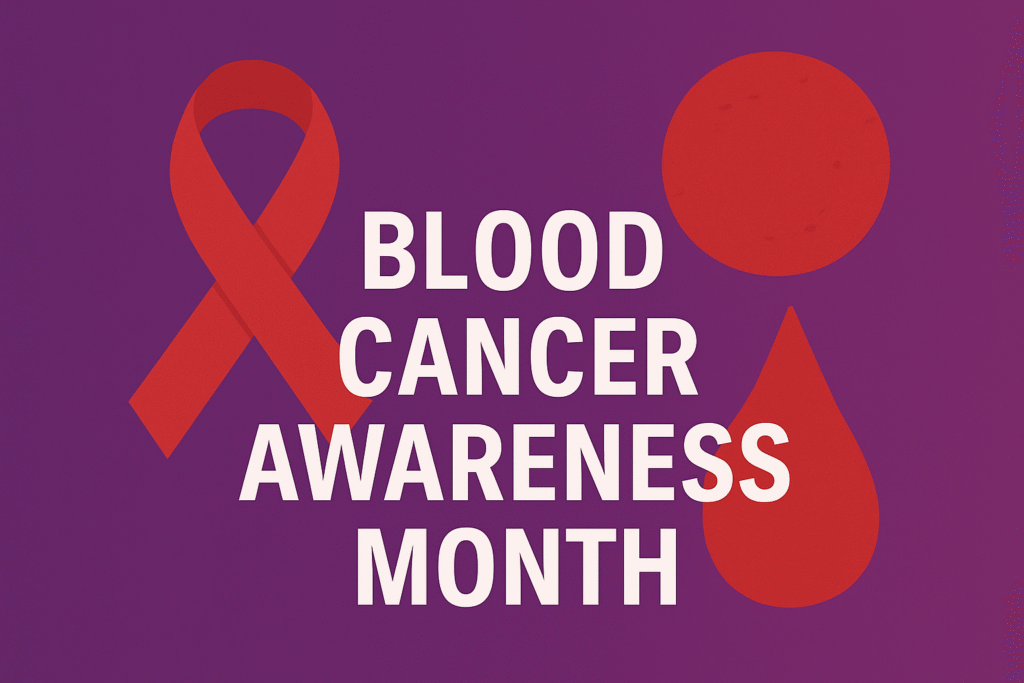What is lymphoma?
Lymphoma is a Cancer of one of the body’s systems called the lymphatic system, which is part of the body’s immune system aimed at germ-fighting and disease-fighting. As with any Cancer the Lymphoma begins when healthy cells in the lymphatic system change and grow out of control.
The lymphatic system includes lots of nodes (lymph nodes) which are situated around the body, designed to filter the fluid and remove harmful elements. Most lymph nodes are in the abdomen, groin, pelvis, chest, underarms and neck. They are most noticeable when somebody realises they have an enlarged lymph node, for example when a person has a sore throat and they can feel a swelling in their neck. This is just the lymph nodes doing their job and when the infection has cleared, they go back to their normal size. With Lymphoma the affected lymph node (wherever it is situated), does not go back to its normal size and can become painful and irritating. The lymphatic system also includes the spleen, thymus, tonsils and bone marrow. Lymphoma can affect all these areas and other organs in the body.
There are two main types of lymphoma:
- Hodgkin Lymphoma (formerly called Hodgkin disease). Around 2,100 people are diagnosed with Hodgkin Lymphoma in the UK each year. Hodgkin Lymphoma can happen at any age. It is one of the most common Cancers to affect people in their teens and early 20s.
- Non-Hodgkin Lymphoma (NHL), which is the 6th most common Cancer in the UK. Around 14,000 people are diagnosed with it each year. It can affect people at any age but is more common as people get older. Most people diagnosed with NHL are aged over 55.
There are no known causes for Lymphoma, although an impaired immune system is thought to play a part.
Symptoms:
Those with lymphoma can experience some or all of the following:
- Night sweats.
- Itchy skin.
- Painless swelling of lymph nodes in the belly, neck, armpits or groin.
- Pain in chest, abdomen or bones.
- Losing weight without trying.
Diagnosis:
As mentioned above there are times when lymph nodes swell and become painful, so it is first advised to visit your GP if you are experiencing lymph node swelling, who will then carry out an examination of the area and organise blood tests, where it is possible to judge how healthy the immune system is. In the event that the blood tests show an abnormality that cannot be easily ascribed to a common condition, it is usual to be booked to undergo a scan and/or biopsy of the affected area. A biopsy is where a small set of cells are removed from the area so it can be looked at under a microscope in a laboratory. This will allow specialists to determine if the cells show any abnormalities and if so what kind. The procedure would be carried out using an anaesthetic, either local or general, depending on where the affected area is.
Treatment:
There are many types of treatments that exist for Lymphoma. They can include radiation, Chemotherapy, Immunotherapy, Targeted Therapy and Bone Marrow Transplant (Stem Cell Transplant). Not all types of Lymphoma grow quickly, so treatment may not happen straight away.
Throughout any treatment you would be expected to have regular reviews, with likely more blood tests and scans, to determine whether the treatment is having the desired effect. There will always be somebody at hand to answer your questions.
Prognosis
This will depend on how quickly the condition is diagnosed and what type of Lymphoma it is. The younger the person and the better health they are in will also be an influencing factor. It is never possible for doctors to assess how long a person will live accurately, although the following estimates are available for non-Hodgkin’s Lymphoma.
- Around 80 out of every 100 people (around 80%) survive their Cancer for 1 year or more after they are diagnosed
- Around 65 out of every 100 people (around 65%) survive their Cancer for 5 years or more after diagnosis
- It is predicted that 55 out of every 100 people (55%) will survive their Cancer for 10 years or more after they are diagnosed
Estimations for prognosis in Hodkin’s Lymphoma vary depending on what stage the individual has:
- Stage 1
Around 95 out of 100 people (around 95%) will survive for 5 years or more after diagnosis.
- Stage 2
90 out of 100 people (90%) will survive for 5 years or more after diagnosis.
- Stage 3
More than 85 out of 100 people (more than 85%) will survive for 5 years or more after diagnosis.
- Stage 4
Almost 85 out of 100 people (almost 85%) will survive for 5 years or more after being diagnosed.
For further information and support, please see:
https://lymphoma-action.org.uk/
https://www.macmillan.org.uk/cancer-information-and-support/lymphoma



